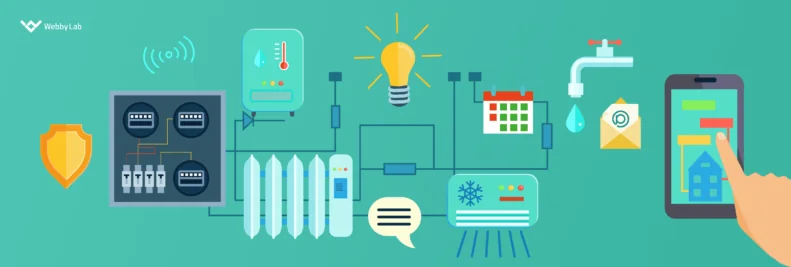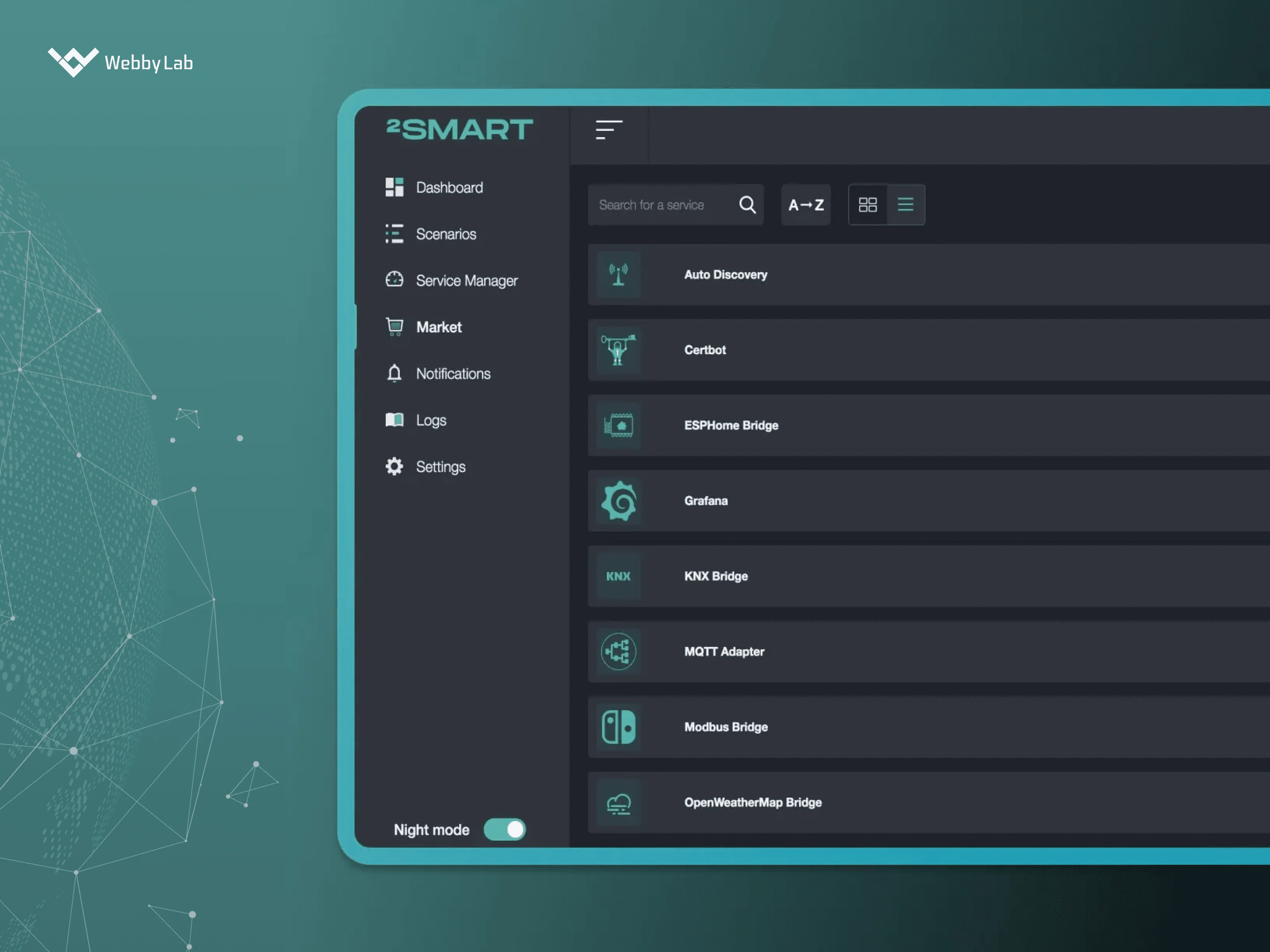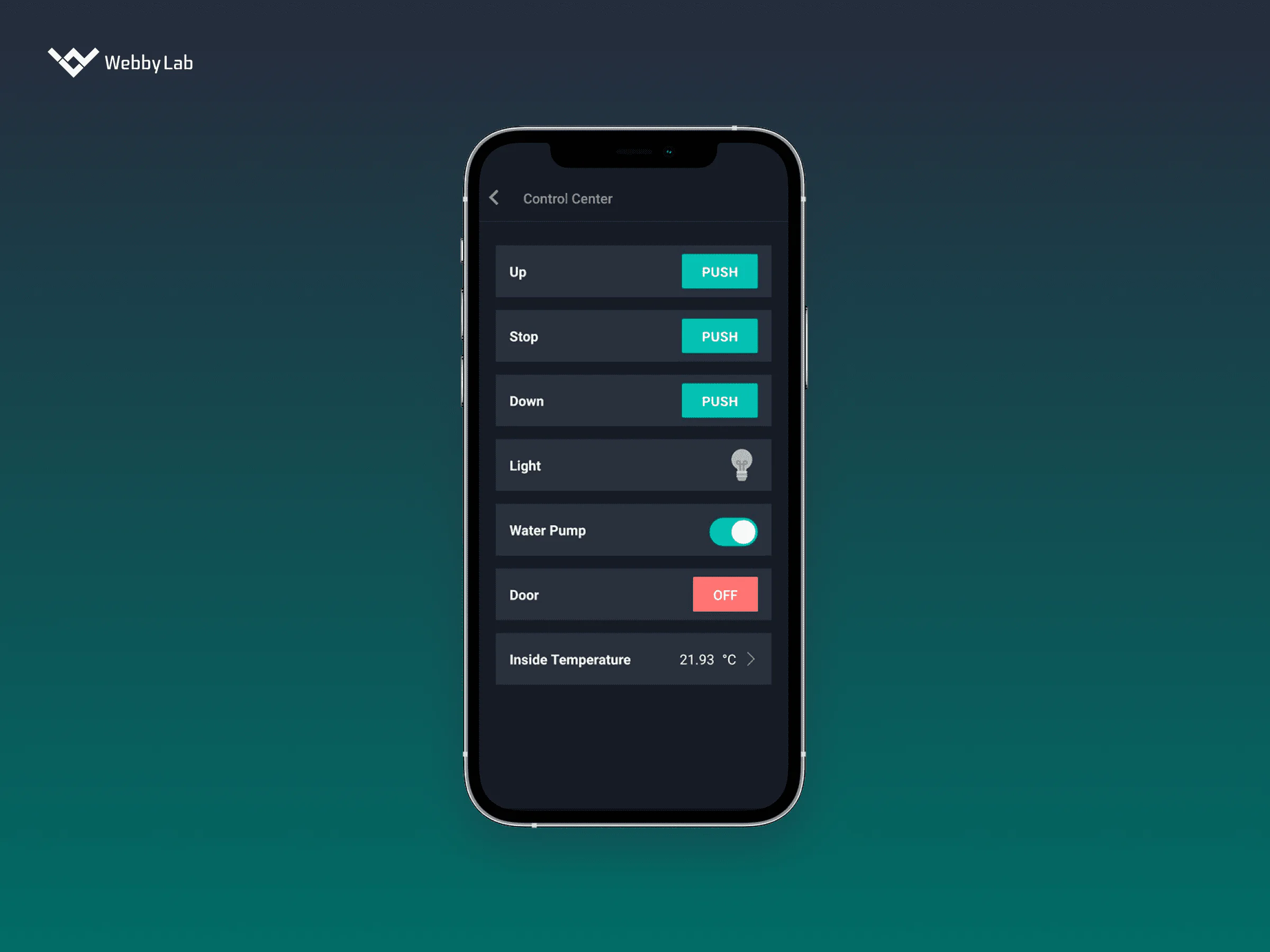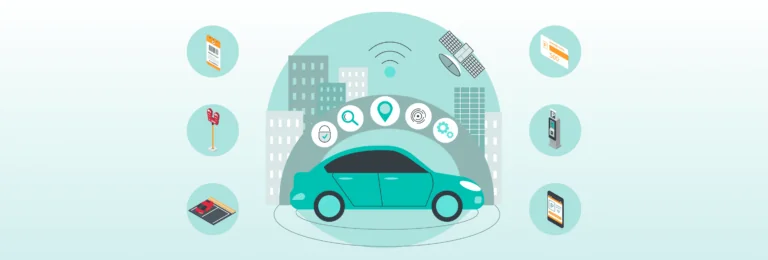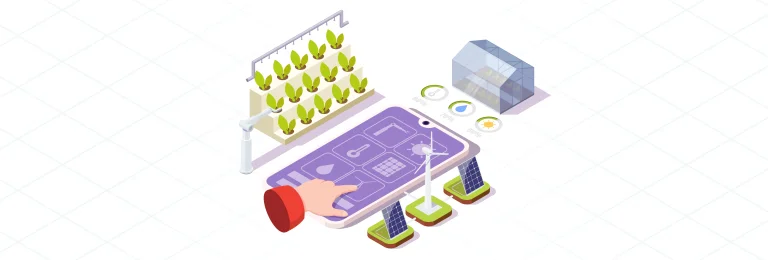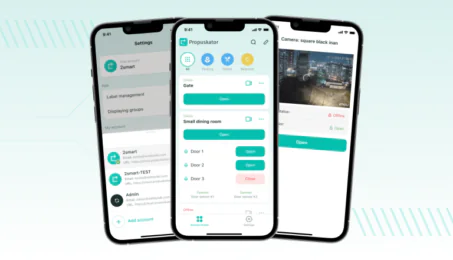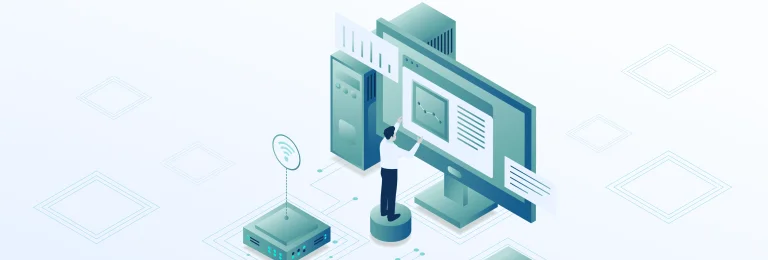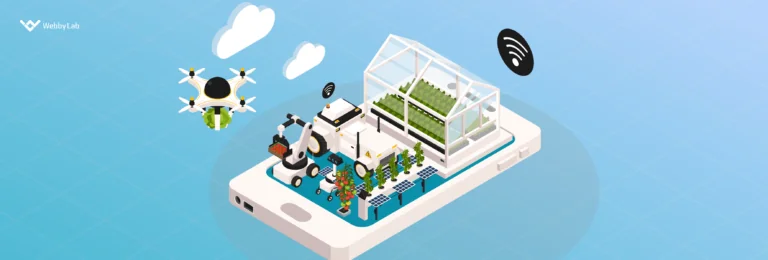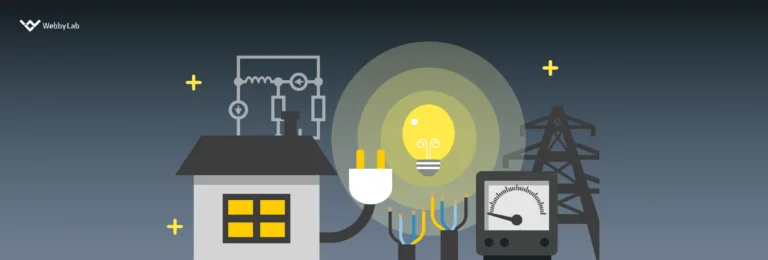IoT-based Water Management System: Benefits & Solutions
Written by:

Kostiantyn Oliynyk
Head of IoT at Webbylab
With a robust academic background in Telecommunication Systems Engineering, I apply my knowledge to lead innovations in the IoT domain. Starting as the first team member in the newly formed IoT department at WebbyLab, I've spearheaded its growth, fostering the expansion into embedded and hardware development alongside our core software projects. My dedication lies in pushing the boundaries of IoT technology, fostering a culture of innovation and excellence that profoundly impacts our clients' operational success.
IoT devices for water management and sensors help collect real-time data on the water supply system. The insights gathered can then be applied for more efficient use of resources and process automation.
It leverages advanced IoT sensors attached to the equipment. Thus, IoT-powered systems allow for the fast transmission of data, helping businesses mitigate risks associated with water pollution and generally make more effective decisions on water management.
An IoT intelligent water management system for irrigation typically leverages soil moisture, rain, water flow, and weather sensors.
Such a system helps determine and adjust water levels remotely and detect leakages. It’s beneficial since it requires less manual labor, saves costs, and sends notifications if some parameters are not within the normal range.
